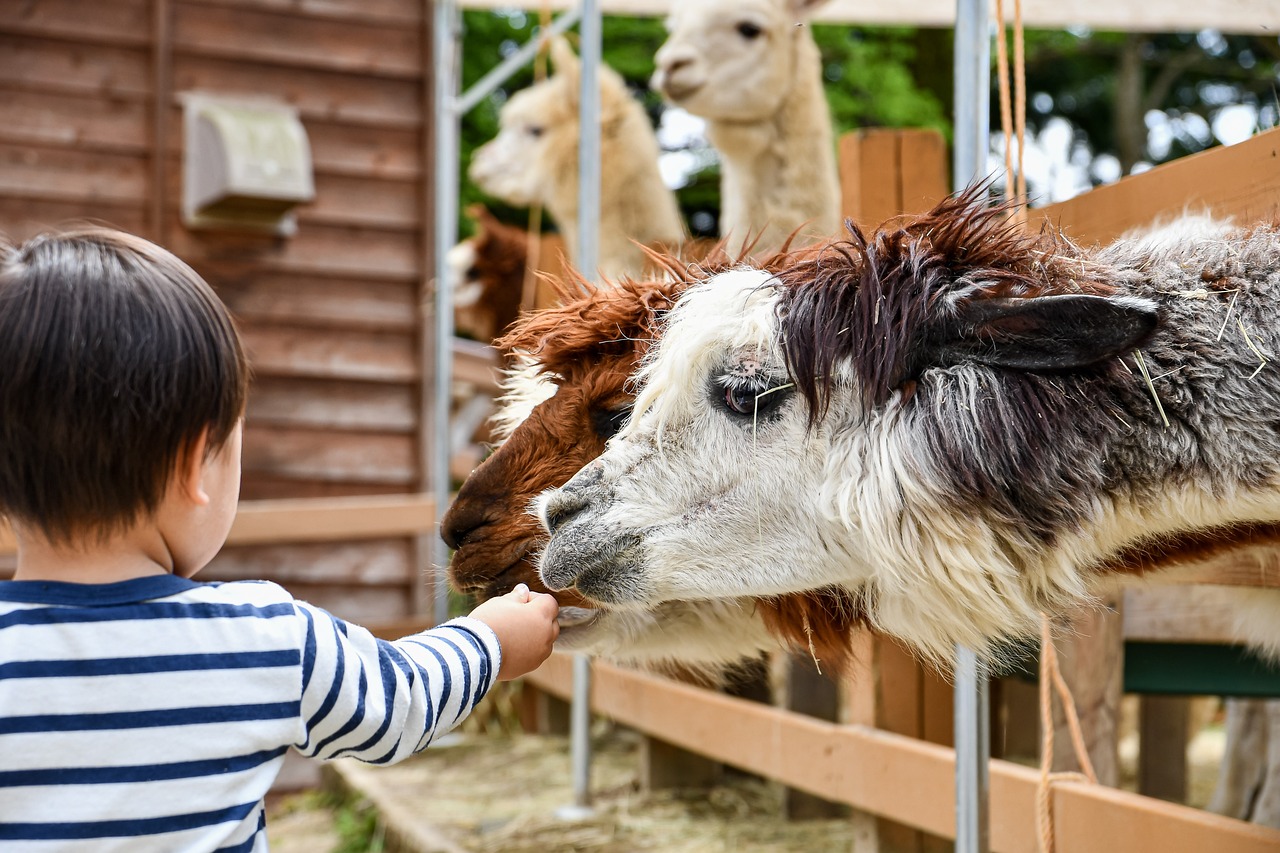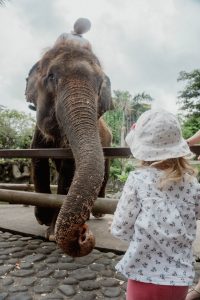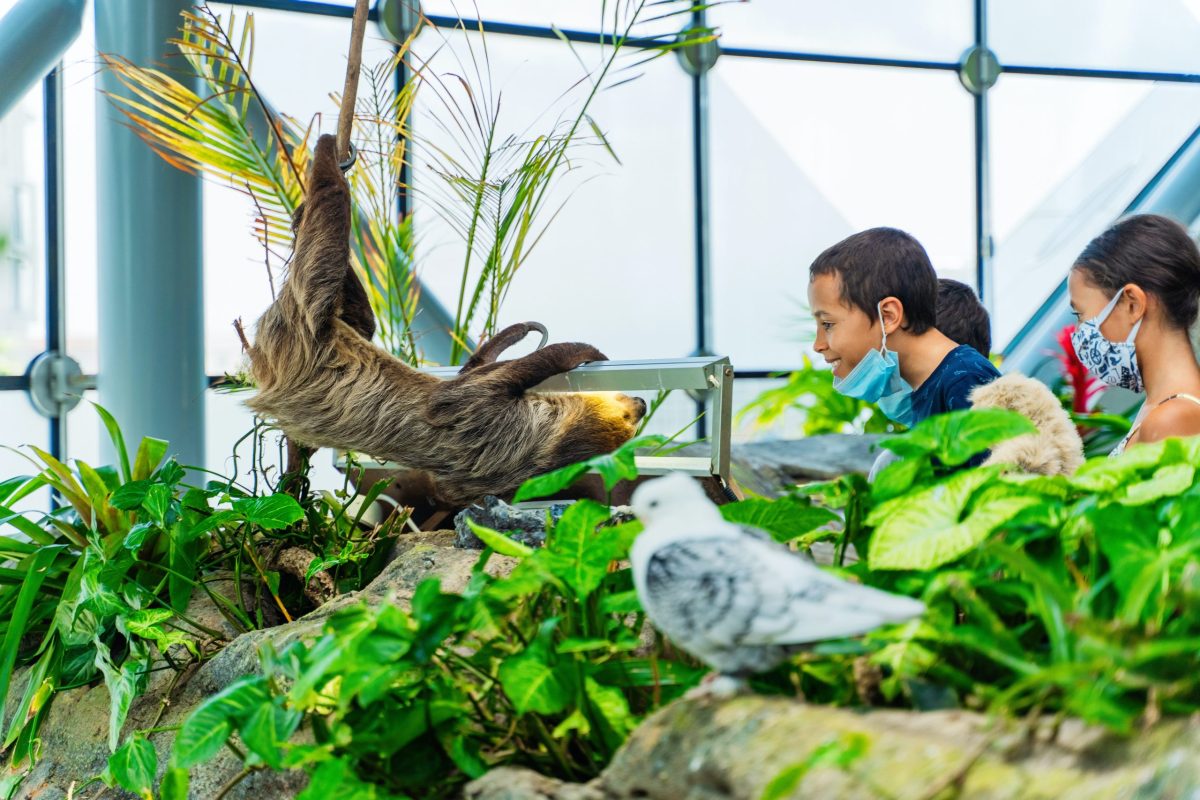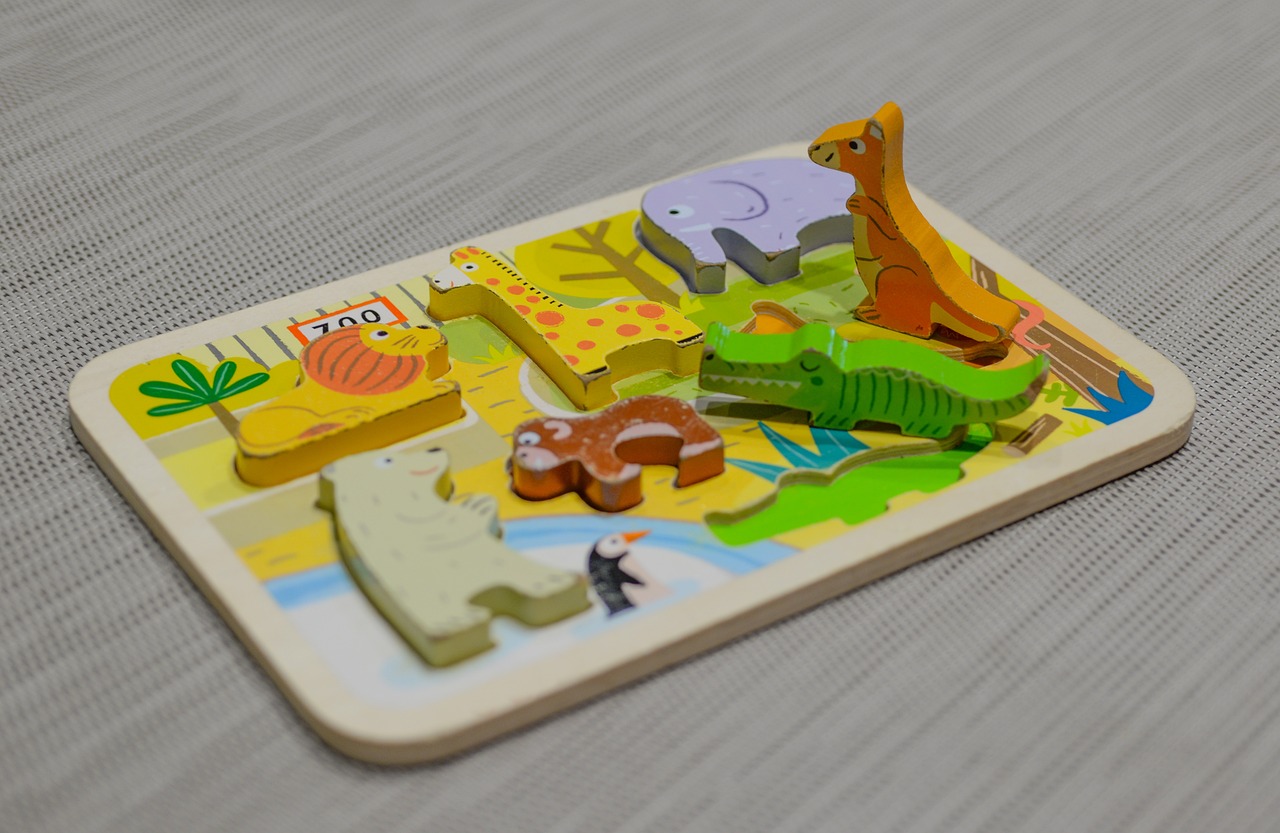Planning a visit to the zoo can be fun and educational for the whole family! Taking your little ones on a field trip is a great way for them to learn about the world around them. A Montessori zoo trip, in particular, can solidify concepts you’ve been learning about and is a hands-on way to discover different species and their habitats.
Here’s everything you need to know about applying Montessori principles on your next trip to the zoo.

How to Prepare for a Montessori Zoo Trip
When taking any trip, whether a Montessori aquarium trip or a trip to the zoo, it’s always a good idea to prepare before you go. Preparation is key in every aspect of Montessori, just like how you prepare the environment, yourself, and a Montessori homeschool curriculum.
To encourage independence and participation, you can also include your kids in the planning. This makes your life easier, teaches your kids what goes into preparing for an outing, and helps you understand what your child will be most interested in at the zoo. Here are some tips to help you get ready for a memorable Montessori zoo trip:
Preparation is Key
Before going on your zoo adventure, take some time to prepare. You can start by gathering the necessary supplies, including snacks, water bottles, sunscreen, hats, and other essentials to keep your family comfortable throughout the day. Don’t be afraid to involve kids in these tasks. Give them something to be responsible for, like preparing and packing their snacks and bags for the day.
Discussing the trip before you go is always a good idea, explaining what to expect and how the day will unfold. You could take some time out of your routine a few days before your Montessori zoo trip to see what the weather will be like; that way, you can discuss what to wear and children can then dress independently.
Set Realistic Expectations
In Montessori, the fine line between freedom and limits is important, as is managing expectations. Remember that getting your money’s worth  from your zoo visit doesn’t mean you have to see everything in one day. Focus on quality experiences rather than trying to rush through every enclosure.
from your zoo visit doesn’t mean you have to see everything in one day. Focus on quality experiences rather than trying to rush through every enclosure.
Before you go, address any anxieties or concerns your kids might have. It’s important to validate their feelings while coming up with solutions together. You can also discuss your expectations for behavior during the zoo trip. You can use real-life examples of how they respect their environments, themselves, and the people around them to reiterate the importance of respecting the animals and other visitors.
Do Your Research
Before heading on your Montessori zoo trip, why not invite your child to start a research project to get the most out of your visit? Find out what animals and exhibits are available at the zoo you’re going to and see if any special activities or events are happening on the day of your trip.
For visual learners, you could look at the zoo maps to plan your route and prioritize the enclosures you want to visit. For kids who enjoy more hands-on experiences, consider what sensory activities you can engage in. Many zoos offer experiences like observing animal behavior, feeding the animals, or zoo safaris.
Making the Most of Your Montessori Zoo Trip

From petting zoos to researching animal habitats, interviewing zookeepers to identifying bird calls, the following activities can pique your child’s curiosity during your zoo trip:
- See if your zoo offers a petting zoo section. These are usually small enclosures with animals that can be petted and sometimes fed. These activities typically book up fast, though, so make sure you check it out before you go.
- Put your research into reality. Research animal habitats and go and find them.
- For budding zoologists or vets, see if you can interview a zoo keeper or a zoo attendant. If your zoo doesn’t offer this, you can find many related videos online, like meeting a bird keeper at Paradise Wildlife Park.
- Learn about identifying bird calls.
- Feed the animals.
- Conquer fears by visiting enclosures that might scare you.
- Spend time observing the animals you see. Instead of rushing from one enclosure to the next, let your child decide their pace.
Taking care of your child’s physical needs during the trip can help things run smoothly. Offer snacks according to your usual routine and water and toilet breaks as needed. If you notice your child is struggling with the change in routine, build in moments of connection and play to regulate together.
Reflecting on Your Montessori Zoo Trip
You’ve survived, and hopefully thrived! Here are some reflection questions to help you discuss your trip:
- What did you enjoy about the zoo?
- Was there anything that surprised you?
- Was there anything that didn’t surprise you?
- Was there anything or any activity you felt you didn’t have enough time for?
- Did you learn anything about a particular animal?
- Was there anything that you felt didn’t go to plan? Or that you felt could have been different?
- Was there anything you would change for next time?
You can organize your reflection however you want. Maybe you talk about it on the way home, or maybe you wait until your next circle time. It’s up to you! Reflecting on the positive and negative is an important skill that helps reinforce what kids learn.

As always, adapt these discussions to suit your family. For example, instead of a “serious” question time, you could do an animal zoo puzzle or complete a preschool animal printout together and discuss the trip.
What If The Montessori Zoo Trip Isn’t What You Expected?
Your trip didn’t go to plan? We’ve all been there. Even the best-laid plans sometimes fail to work out how we expect. Here’s a friendly reminder: Sometimes, things that don’t go to plan are actually our biggest teaching moments if we let them be.
Once things have cooled off, discuss what happened with your child, what could have been different, and how they feel. If your child became increasingly frustrated and you had to leave, what were they feeling then?
Open communication will be the most important skill here, as will observation, particularly for little kids who can’t yet verbalize their feelings. Take the time to observe your child when these things come up, as there is usually a pattern that you can help them navigate in the future.
Resources & Ideas to Get the Most Out Of The Day
Here is a list of resources, museums, and materials that can reinforce learning pre or post-trip.
- Day In The Life of A Zookeeper: Meet Allyson, a zoo keeper at ZooMontana, and see what she does daily.
- Zoo virtual tours: Book to visit a zoo from home or join Chester Zoo’s virtual zoo days in the UK.
- Download a free zoo trip pack and tick off the animals you see!
- Learn about beginning sounds with zoo animal language miniatures games.
- Read Montessori-friendly books about the animals you’ve seen, like One Gorilla, a beautiful counting book, or no-word photography books with realistic images that are perfect for young children.
Making Memories
Above all, going on a Montessori zoo trip should be about connection and memories. As Maya Angelou says, “People won’t remember what you said or did; they will remember how you made them feel,” and the same goes for kids. Invite your child to participate actively in the field trip and create lasting memories together.




0 Comments